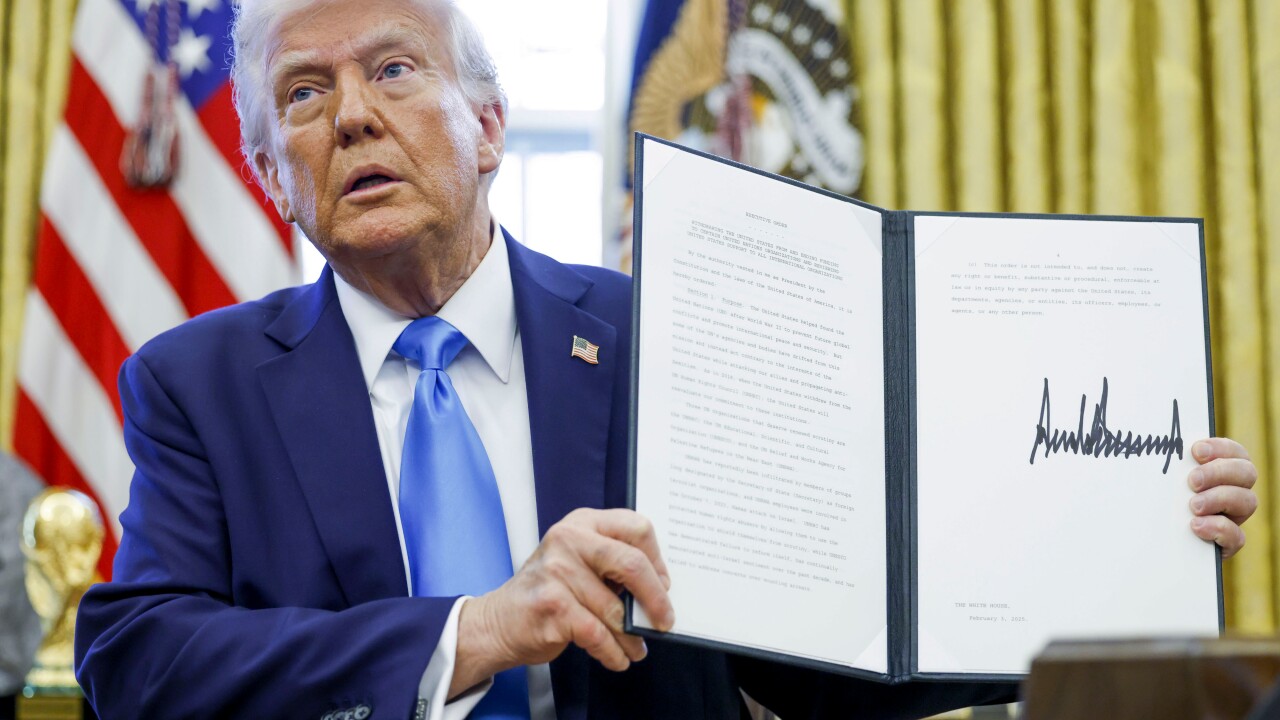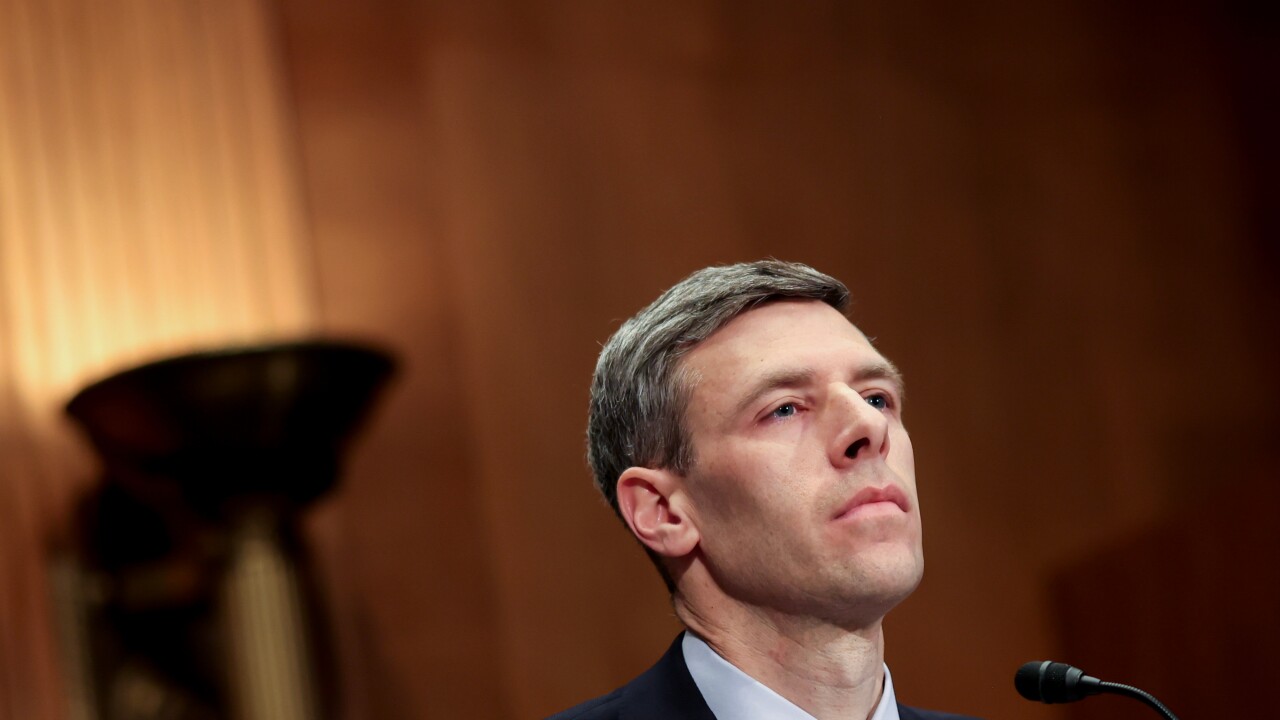Upper-income Americans are increasingly falling behind on credit card and auto loan payments, signaling an underlying vulnerability in the US economy as the labor market slows.
Delinquencies on such debts from those making at least $150,000 annually have jumped almost 20% over the last two years, faster than for middle- and lower-income borrowers, according to the credit-scoring firm VantageScore. A recent Federal Reserve Bank of St. Louis study found the share of people making late card payments in the highest-income zip codes has risen twice as much over the last year as in the lowest-income ones.
The mounting liabilities coincide with a slowdown in hiring that has hit white-collar workers especially hard, raising the stakes for an economy that has come to rely more and more on consumer spending from top earners to power continued expansion.
"Financial stress is evident from the lowest-income household to the highest-income household," said Mark Zandi, the chief economist for Moody's Analytics. With the Federal Reserve keeping interest rates high and pandemic-era student loan forbearance programs now over, "it's just become very difficult to juggle all of that," he said.
Borrowing costs have become a central issue in American politics this year as President Donald Trump has blasted the Fed almost daily and repeatedly threatened to fire its chair, Jerome Powell, for refusing to cut them. The central bank is widely expected to keep its benchmark rate unchanged again at its July 29-30 policy meeting.
The Fed has maintained high rates over the last two years even as the job market has softened, in a bid to return inflation to its 2% target following a post-pandemic surge. Concerns that Trump's tariffs will boost prices have only helped delay rate cuts in 2025, even as trade policy uncertainty has worsened the outlook for hiring.
In Brooksville, Florida, Christopher Lawton and his wife are paying off $50,000 of debt that quickly piled up after he lost his accounting job in 2023, and his wife lost hers a year later. While they've both found work since, their annual income fell by around $40,000, making it more difficult to afford normal expenses.
Suddenly the couple found themselves skipping credit-card bills as they juggled auto-loan payments.
"It was a defeating feeling, coming from a situation where we were able to pay our expenses before," Lawton said. "It was literally like we were just playing checkbook roulette with what we were able to pay every couple of weeks."
The Lawtons began a debt-consolidation process a year ago, lowered one of their car payments and downsized their expenses as much as they could by canceling subscriptions and delaying visits to the vet. They still have three or four years to go before they expect to be debt-free, but remain hopeful they can do it in half that time by increasing their income.
Improving one's prospects in the US labor market has, however, become an increasingly daunting task in recent years, especially for those in white-collar industries where hiring has been all but frozen.
In a monthly New York Fed survey, the perceived probability of finding a new job has been sliding among respondents making $100,000 or more since 2023, and is now only a little better than a 50-50 proposition. The latest reading in June was still below any point between mid-2014 and the onset of the pandemic in 2020.
High interest rates have also caused problems in the housing market, a theme Trump has seized on in his broadsides against the Fed. While consumers have generally done better at keeping up with mortgage payments than those for credit cards and auto loans, spending on other goods and services is increasingly being crowded out.
Optimism gone
When Badri Tiwari and his wife relocated to Phoenix in 2023 for a job, they decided to buy a house on the expectation that they could refinance when rates went down. They're still waiting.
"That optimism is gone," Tiwari, who now works training AI models, said. "Reality has come in."
In the meantime they've had to become more careful about their spending, he said, paying for things with cash instead of credit, and delaying some purchases.
Megan Locker, who works in real estate in New Hampshire, was luckier on timing, buying a home in 2020 when interest rates were very low after getting married the year before. But a desire to make up for lost time after pandemic restrictions lifted helped contribute to outsize credit-card debts, which she and her husband are now making a concerted effort to pay down.
"In hindsight, maybe we shouldn't have bought the house at that time," said Locker, who has been sharing her story on TikTok as part of a trend of consumers opening up about their debt problems. "And then once those restrictions lifted up, it was like, oh, $200 on concert tickets here. Oh, we'll just spend $1,000 and we'll go away on a weekend trip here."
Figures on consumer spending so far in 2025, combined with the data on rising debt delinquencies, suggest the post-pandemic model of economic growth fueled by upper-income purchases of big-ticket items like cars, houses and vacations is coming under strain.
Spending in the first quarter was the weakest since the onset of the pandemic, and more recent numbers for April and May indicated ongoing caution in discretionary categories like recreation services, air transportation and accommodations — all of which have registered outright declines this year.
The good news is that, despite signs of rising stress, overall debt levels have come down in recent years relative to the size of the economy. The amount of household debt outstanding in the first quarter of 2025 was about 68% of gross domestic product, versus a record 98% in 2008.
But that deleveraging only brings debt-to-GDP ratios back to levels that prevailed at the end of the 1990s, after consumer balance sheets had already been transformed by two decades of high interest rates and muted wage growth. In 1979, by comparison, household debt was just 48% of GDP.
Student loans add to stress
Meanwhile one category of household debt which has seen significantly less deleveraging since 2008 than others is student loans — and a recent resumption of payments on federal student loans with the wind-down of pandemic-era forbearance programs is adding to consumer stress. In the first three months of the year, the percentage of balances on such debts that were at least 90 days delinquent surged to 7.7%, according to the latest New York Fed data.
Still, the stock market has returned to record highs — after a swoon this year when Trump first announced tariffs — which may encourage high-income consumers to keep spending. But with hiring continuing to slow and pay raises becoming more of a rarity — the share of workers getting zero increase in June rose to an almost four-year high, according to Atlanta Fed data — debt woes will keep the outlook for spending in a precarious position.
"This makes the economy more vulnerable to other shocks," said Juan Sánchez, an economist at the St. Louis Fed. "If something happens, there is a share of the population that is not going to have access to credit to smooth or to compensate for that."
—With assistance from Sophie Butcher.






